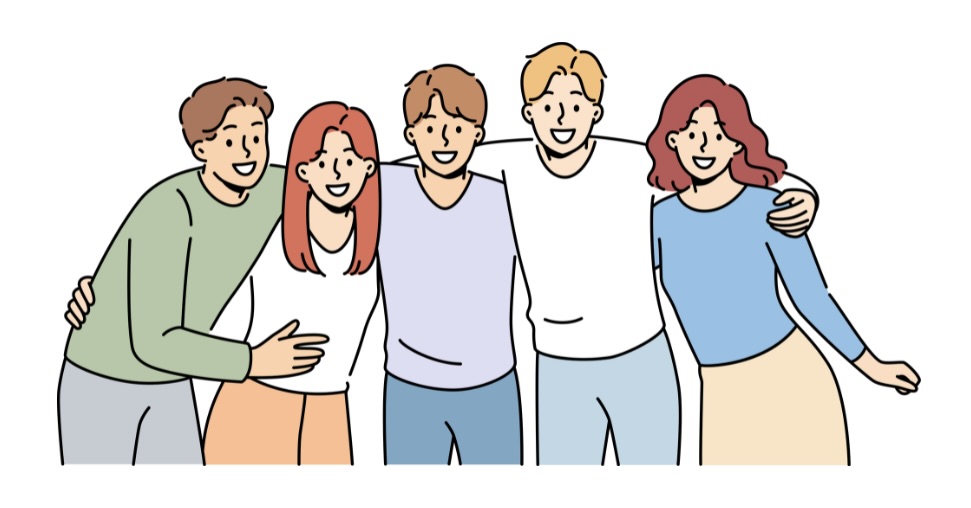
Assignment X – Human Connection in the Library
The most appealing theme that I would like to explore in the Hyperlinked Library model is the prospect of fostering and supporting human connection through the library. The library is operating in a rapidly changing, networked world, and the tools and technology that have been created and are being developed can foster connection, relationship and community. And as Michael Buckland points out, libraries must not only utilize these tools to improve what they do, they must imagine the possibilities of what these new technologies will allow and enable (1999).
There is a paradox in the mix here though, since these technologies are at the same time used to spread misinformation, connect hateful groups and ideas and foster political division. And with the advent of artificial intelligence and its rise these technologies can sometimes circumvent humans entirely, and many are concerned that they will lead to widespread job loss and dehumanization. How can libraries mitigate some of these effects, while using these tools for their positive possibilities? And how can we disentangle some of these darker threads from the ones that bring us together? I sense this class is oriented towards the positive opportunities of these technologies, but I am interested in exploring how we can be mindful of keeping those positive aspects front and center.
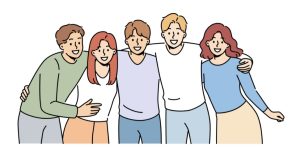
As discussed in Michael Stephens’ original paper outlining the hyperlinked library, a survey done by OCLC outlined clearly that books are a library’s brand (2011). In a changing world books can’t be the only brand, but it’s important to remember and promote the idea and benefit of reading and take pride in “books” and literacy. As Rudine Sims Bishop articulated in her seminal essay on children’s literature, books can be mirrors showing us ourselves, windows showing us the worlds of others and sliding glass doors, showing us what’s possible for ourselves and our world (Bishop, 1990). Book Clubs and Big Reads connect readers with stories and with each other in powerful ways. Let’s not forget that.
But if books are where library’s biggest users can develop empathy and understanding, the library can’t rest on this brand alone. One interesting idea that literally demonstrates the possibility of creating connections in the library, is the example of The Human Library. The Human Library started in Copenhagen, as an opportunity for people to get to know others one might never cross in their normal experience. In the Human Library, the books that are checked out are actually people open to sharing their stories with others.
Libraries have struggled in recent years with an onslaught of book challenges and calls for book bans. Harassment and intimidation have no place in civil discourse, but to a certain degree when this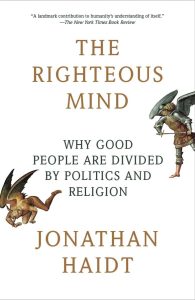 engagement is civil it can be an opportunity for promoting intellectual freedom and the freedom to read. It’s also an opportunity to engage in discussions about equity, diversity and inclusion. Sometimes those calling for book bans haven’t engaged in libraries and have no interest. Other times though they are long-time users who have somehow come across material that they find objectionable. These are teachable moments that may not in the end move people much, but hopefully those mediating these discussions can help those in the discussion see and understand the people engaged in the debate. A foundational book for the way I see the world is a book by Jonathan Haidt, titled “The Righteous Mind: Why Good People are Divided by Politics and Religion.” In it, Haidt outlines his moral foundations theory and how we can understand each other a little better if we take the time to understand the core values that shape an individual’s belief system (2012).
engagement is civil it can be an opportunity for promoting intellectual freedom and the freedom to read. It’s also an opportunity to engage in discussions about equity, diversity and inclusion. Sometimes those calling for book bans haven’t engaged in libraries and have no interest. Other times though they are long-time users who have somehow come across material that they find objectionable. These are teachable moments that may not in the end move people much, but hopefully those mediating these discussions can help those in the discussion see and understand the people engaged in the debate. A foundational book for the way I see the world is a book by Jonathan Haidt, titled “The Righteous Mind: Why Good People are Divided by Politics and Religion.” In it, Haidt outlines his moral foundations theory and how we can understand each other a little better if we take the time to understand the core values that shape an individual’s belief system (2012).
Libraries can be hubs of what now is an “information world” and can bring people together in exciting and innovative ways. In 2023, Vivek Murthy, the US Surgeon General outlined the harms and significance of the epidemic of loneliness in the United States (2023). Centering humans and their relationships in our libraries opens a world of possibilities for what libraries can do going forward to facilitate and foster human connection.
Bishop, R. (1990, Summer). Mirrors, Windows and Sliding Glass Doors. Perspectives: Choosing and Using Books for the Classroom. Vo. 6, No. 3.
Buckland, M. (1999). Redesigning Library Services: A Manifesto. American Library Association.
Haidt, J. (2012). The righteous mind : why good people are divided by politics and religion (First edition.). Pantheon Books.
Stephens, M. (2011, February 21). The hyperlinked Library: a TTW white paper – Tame the web. https://tametheweb.com/2011/02/21/hyperlinkedlibrary2011/
U.S. Public Health Service. (2023). Our epidemic of loneliness and isolation : the U.S. Surgeon General’s Advisory on the healing effects of social connection and community.
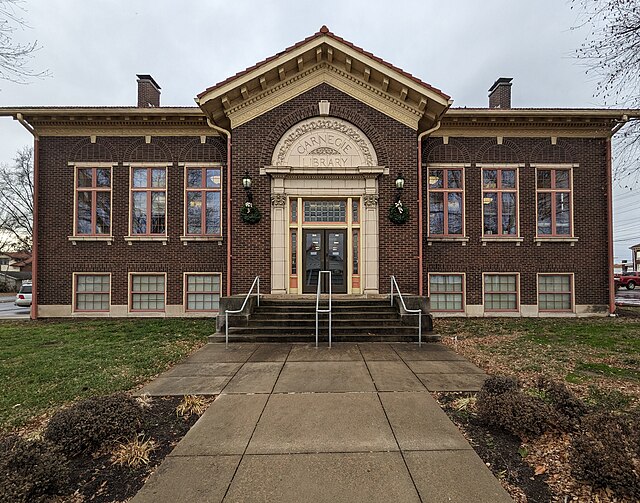
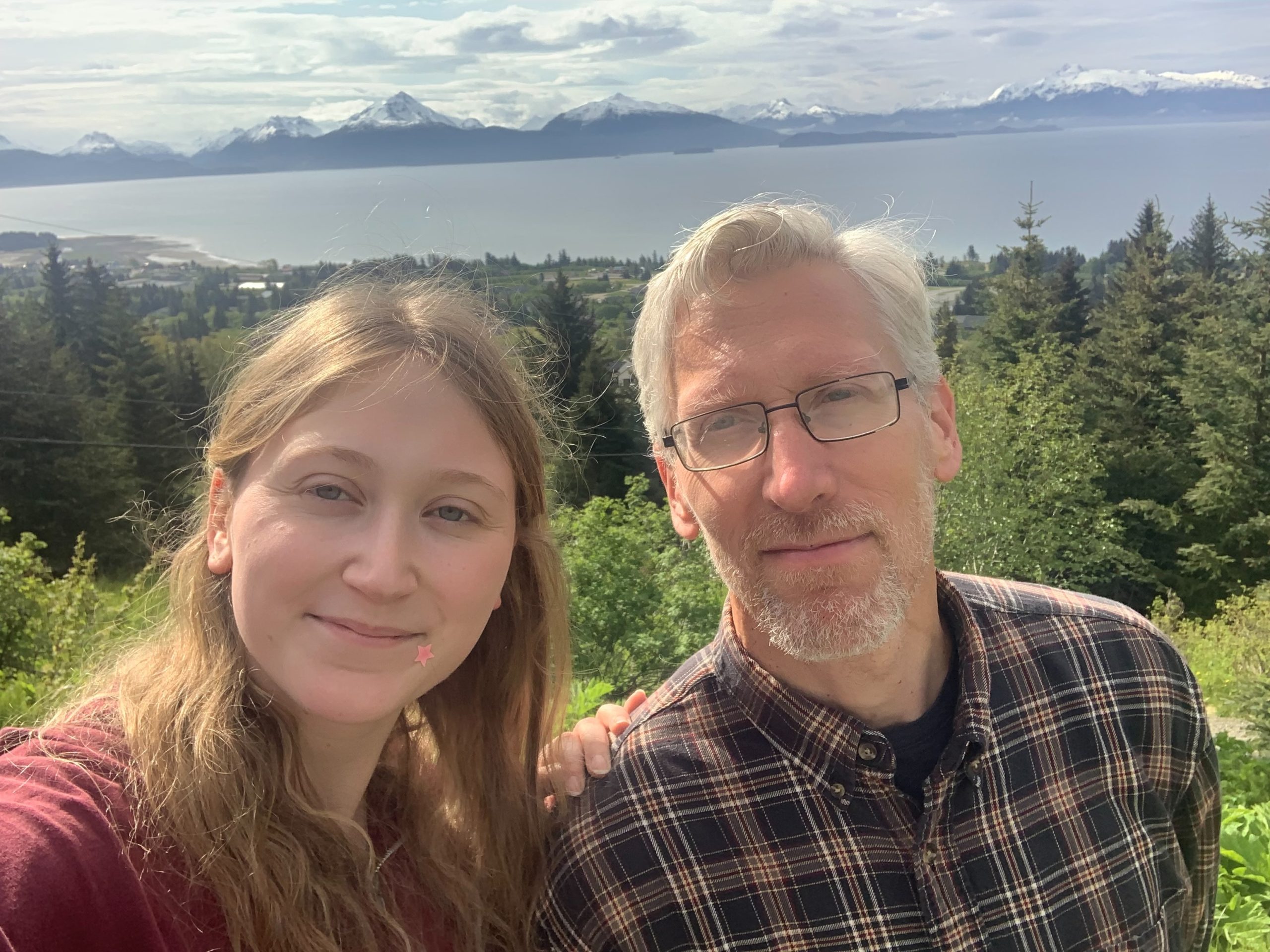
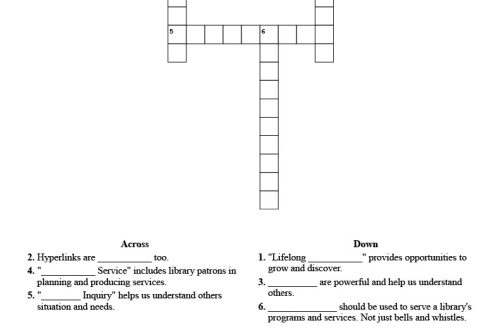
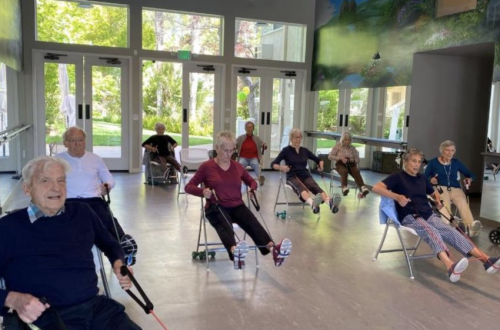
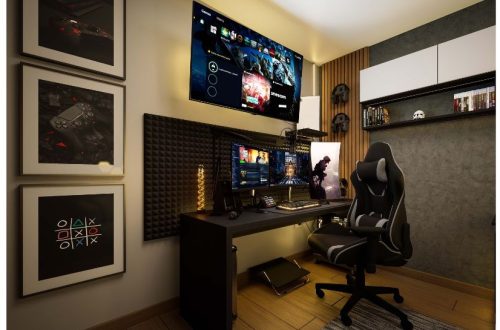
One Comment
Sue Donnim
@matthewsmith I was interested to read your post because we discussed the same theme in both of our posts. I share a lot of your misgivings about the misuse of tech to manipulate people. I’m also, like many others, concerned about how our political discourse is so broken that we are often unable to come to mutual understanding. We have seen this manifest in the most heinous ways.
I too am interested in how libraries can “use our power for good.” During the COVID lockdowns I had a colleague who introduced me to the idea of the Human Library. At the time we had discussed plans to bring it to our library. Sadly, those plans never took off. I’m interested to read about more of your ideas in future posts. @suedonnim